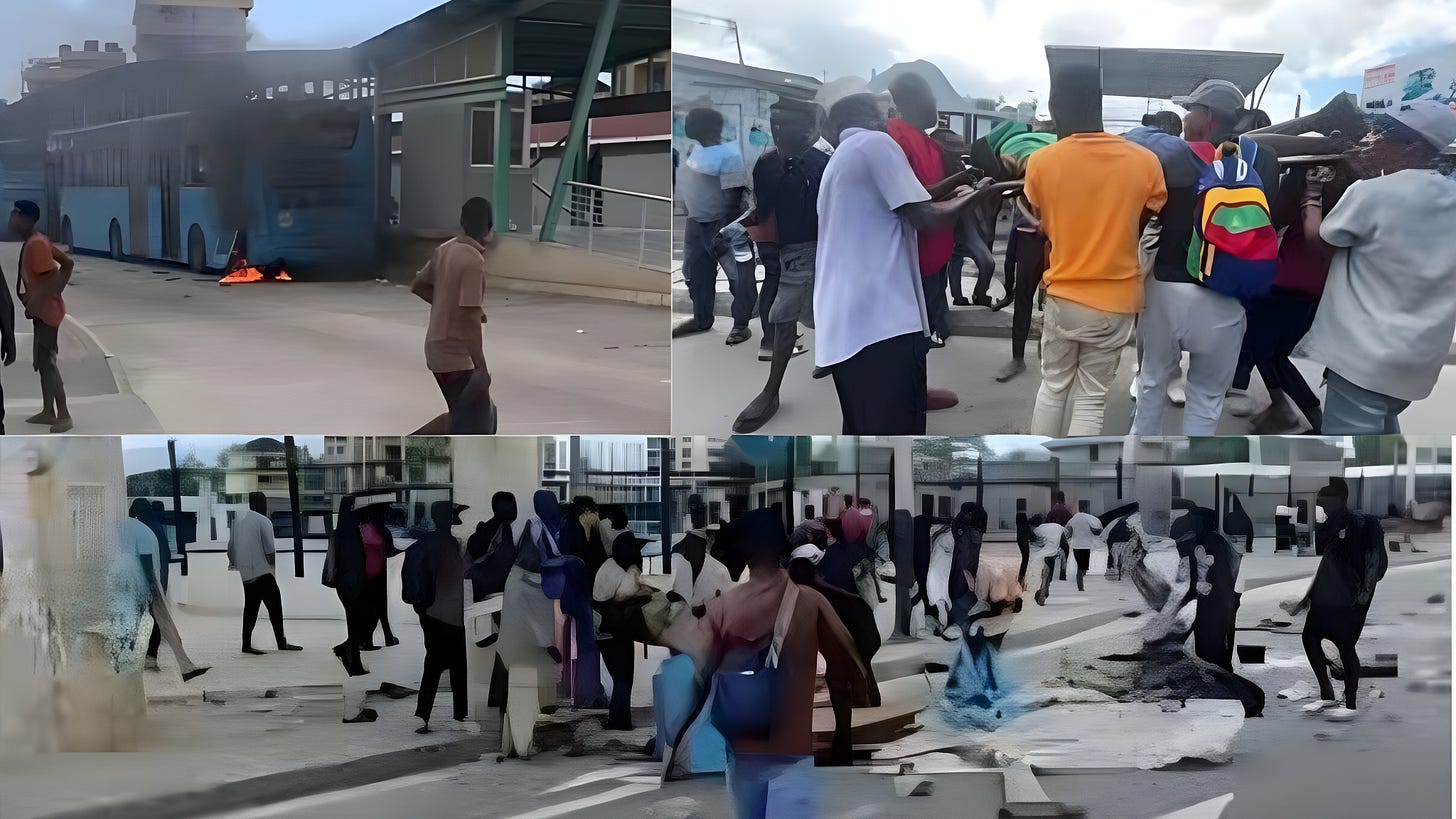Tanzania Protests: 3-Day Intelligence Assessment (29-31 October 2025)
EXECUTIVE SUMMARY
Tanzania experienced three consecutive days of nationwide protests from 29-31 October 2025 following disputed general elections in which the main opposition parties were systematically barred from participating. The United Nations Office of the High Commissioner for Human Rights confirmed credible reports of at least 10 deaths in Dar es Salaam, Shinyanga and Morogoro as security forces used firearms and teargas to disperse protesters. However, the opposition Chadema party claimed approximately 700 deaths nationwide, whilst Amnesty International reported information of at least 100 killed. The Tanzanian government, through Foreign Minister Mahmoud Thabit Kombo, categorically denied excessive force and stated it had no official casualty figures.
The protests represent the most significant civil unrest in Tanzania since independence in 1961, triggered by the disqualification of presidential candidates from the two main opposition parties—Chadema leader Tundu Lissu (arrested in April 2025 and charged with treason carrying potential death penalty) and ACT-Wazalendo candidate Luhaga Mpina (disqualified on technical grounds). The government imposed a nationwide internet blackout, deployed military forces alongside police, and instituted curfews in major urban centres. This unprecedented state response indicates the severity with which authorities viewed the protests and their determination to maintain control through coercive means rather than political accommodation.
The crisis unfolds against a backdrop of systematic pre-election repression documented by international human rights organisations, including over 200 disappearances since 2019, at least 52 reported abductions in October 2025 alone, and extensive restrictions on media and civil society. The protests have broken Tanzania’s longstanding reputation for political stability in a volatile region, raising fundamental questions about the sustainability of single-party dominance in an era of increasing democratic mobilisation across East Africa.


